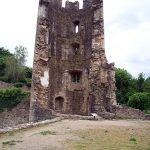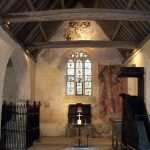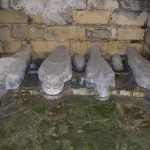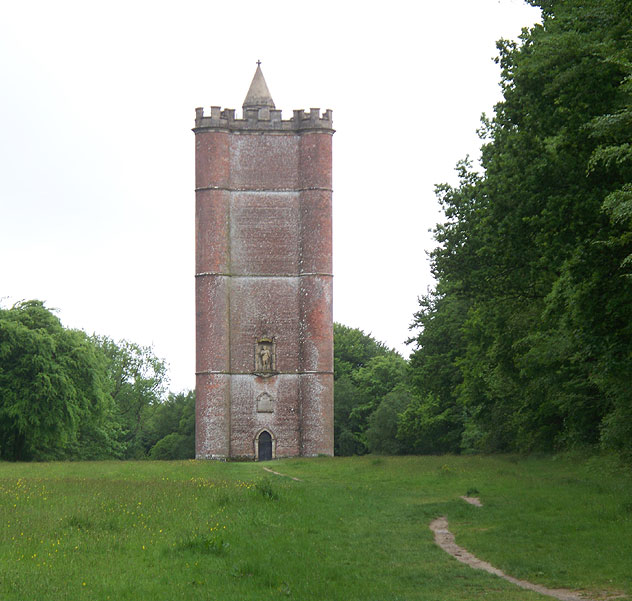 National Trust
National Trust
King Alfred’s Tower is a brick-built folly on the Stourhead estate, intended as an eyecatch and viewing point. Construction was completed in 1772. The size of the tower is impressive. It is triangular in section with rounded projections at the corners, with a spiral staircase in the corner furthest from the door.
To visit the tower, you can drive there or walk. If you follow the sparse brown signs from the Stourhead entrance, after driving through a wood for some distance, look out for an inconspicuous old-style round National Trust sign. To the right is the entrance to the car park, not obviously visible. Crossing the road from the car park, after a few yards you should exit the trees and see the tower at the end of a field to your right.
Alternatively you can walk from the Stourhead gardens – you will need a map and directions, and time to complete a 5.5 mile round trip walk.
The tower can be visited at any time free of charge, but is open (for ascent) only on weekends in the summer. Check the Stourhead NT website for specific dates.
Day: 28 May 2022
South Devon Railway (heritage railway)
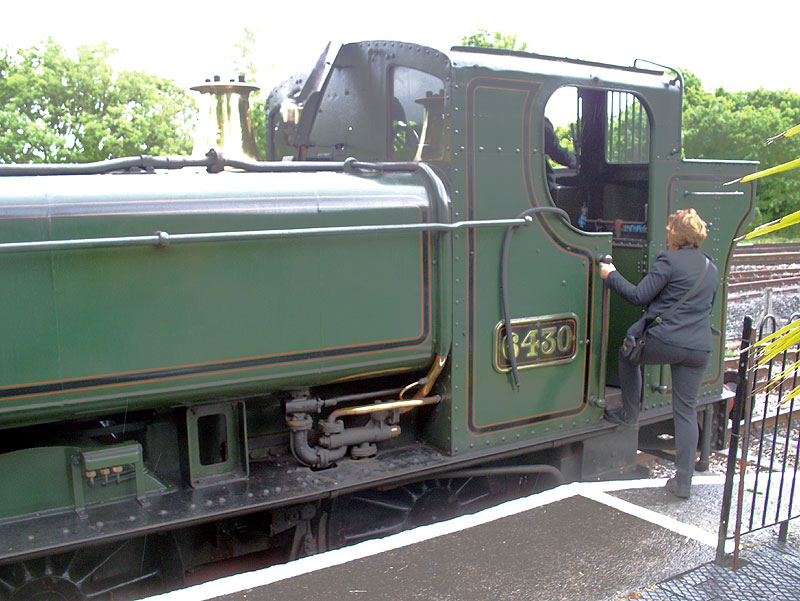
Parking is free at Buckfastleigh, and at the site there are gardens, a museum, rail sidings and workshops, a riverside walk and other things to interest visitors. The nearest parking at Totnes is at the GWR station and costs about £6 a day. There are good modern train connections to Totnes.
If you like heritage trains, this is well worth a visit.
Kelly House, Devon
Private
I visited Kelly as part of the ‘Invitation to View’ scheme. The Kelly family have lived at this site for 900 years, and the present Georgian house was built in 1742, incorporating parts of the earlier house. Some alterations were made in the Victorian period, to move the main entrance.
In recent years the estate has encountered financial difficulty, but the Kellys are determined to preserve and maintain the house.
Parking in the stableyard, one is faced with a couple of disused and collapsing buildings. The house is in better condition, but it is not hard to notice various things in need of urgent attention. The tour includes downstairs and upstairs rooms which are generally in good condition with period furnishings (some have been recently restored for use as B&B rooms).
We were shown round by the owner, who gave a very full account of the history of the house and description of its contents, followed by tea and cakes, during which the host and his daughter continued to make us feel welcome.
Next door to the house is a small church which contains memorials of various Kellys.
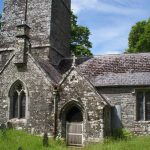
Cleeve Abbey, Somerset
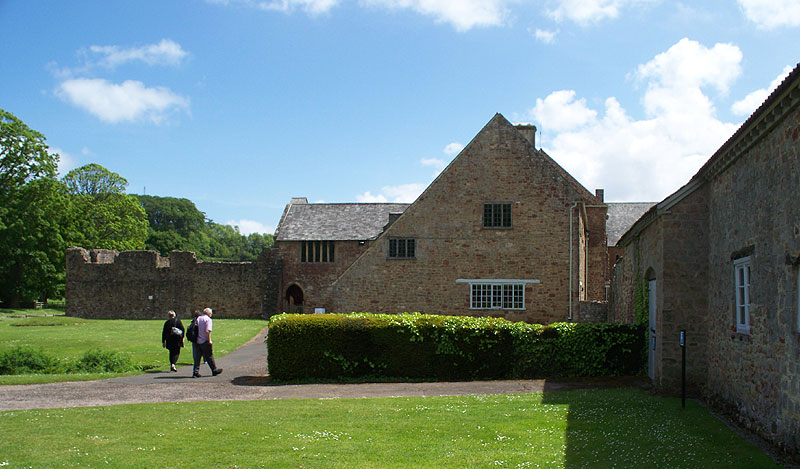 English Heritage
English Heritage
Cleeve Abbey was founded around 1198 as a daughter house of Revesby Abbey in Yorkshire, during the height of the Cistercian expansion. The abbey acquired substantial holdings across North Somerset. In the fifteenth century the abbey’s finances seem to have improved, and the abbey buildings were substantially altered and renovated. Some alterations continued up to the suppression by Henry VIII’s officials in the 1530’s.
The abbey church was demolished at the suppression, but other substantial buildings survive. The south and west ranges were converted into a private house, and later the site became a farm.
The refectory (or hall) is the most notable feature, and a preserved pavement, a chamber with wall paintings and the refectory are also worthy of note. Most of the evidence of occupation as farm and as cottages has been removed.
Travel: Parking on site. A station of the West Somerset heritage railway is nearby.

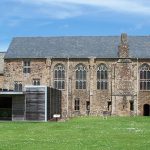
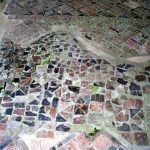
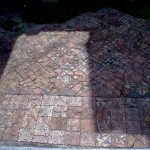
Farleigh Hungerford Castle, Somerset
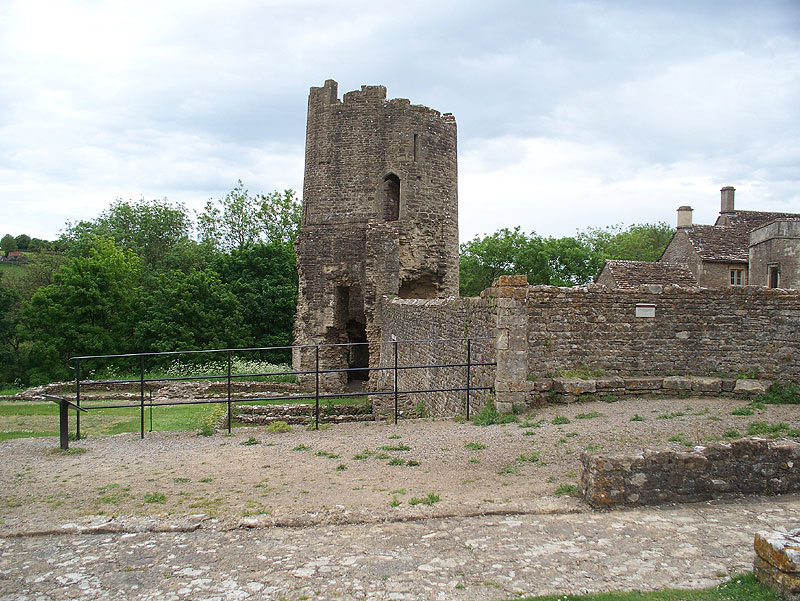 English Heritage
English Heritage
The castle was begun by the Hungerford family around 1383, and was occupied during the English Civil War. After that time it was partly dismantled and fell into ruin. Today the main surviving parts are the chapel, gatehouse, priest’s house and two ruined towers.
The priest’s house is now set up as an exhibition space. Do not miss the lead coffins in a crypt below the chapel.
If visiting by car, drive through the stone gatehouse and across the outer court to the car park. Suggested visit time: 1 hour.
